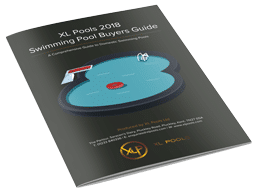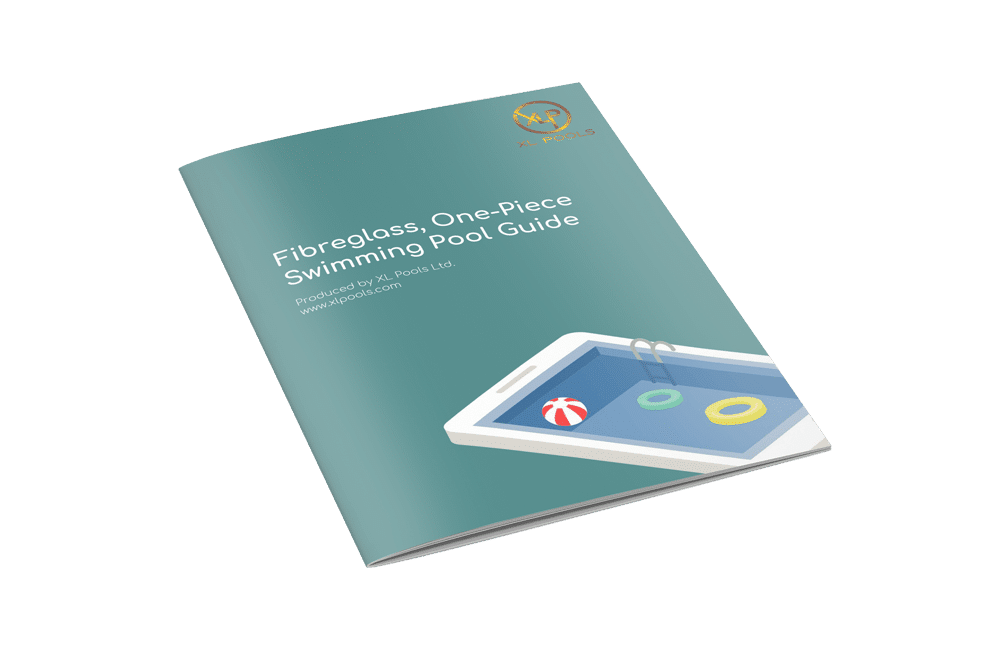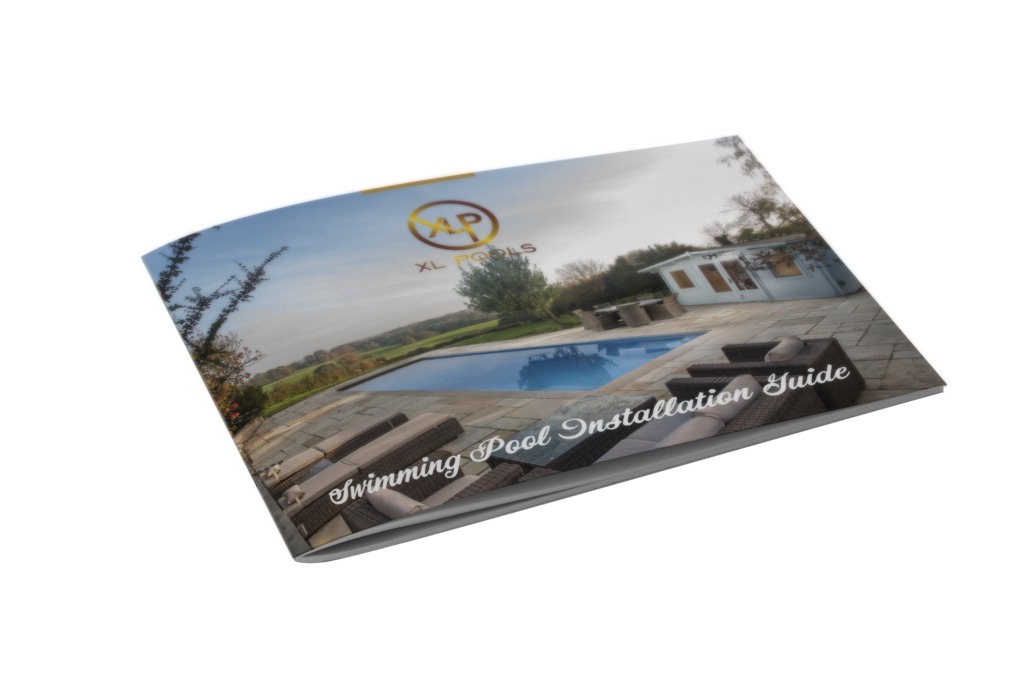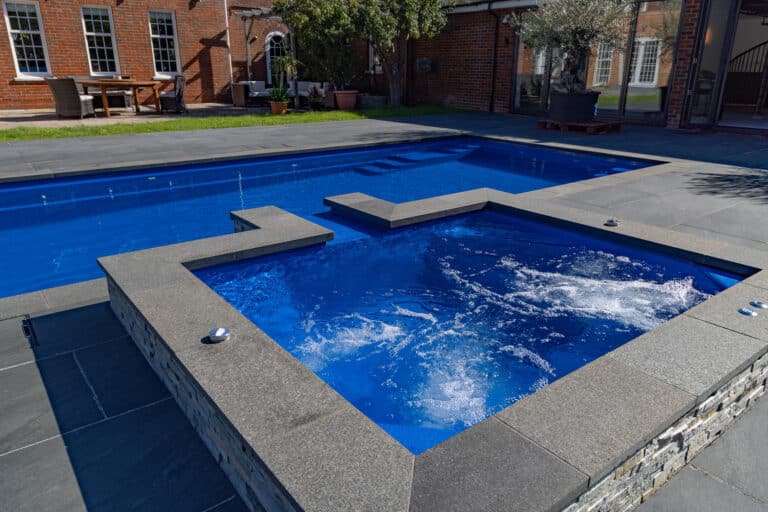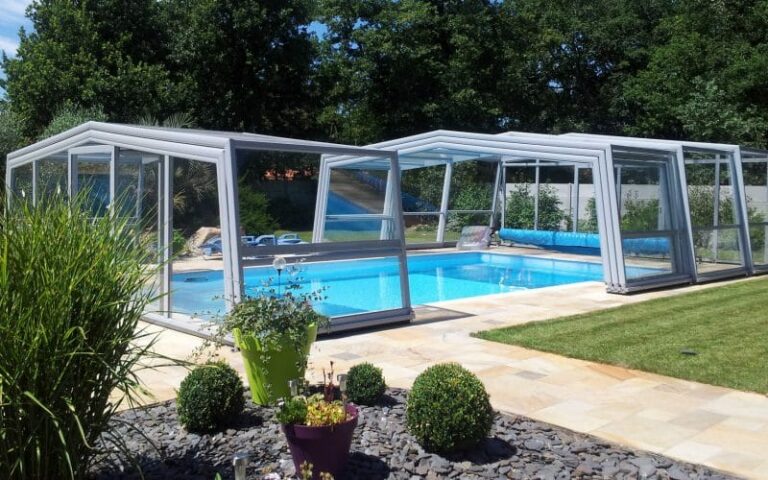It’s the one thing pool owners all share, the maintenance of your pool. Creating and sticking to a consistent plan of attack will help eliminate stress and save money on pool chemicals.
Treating your water MORE OFTEN means using LESS CHEMICALS. This might seem counterintuitive, but it makes sense if you understand two things:
1. It’s easier to maintain chemical levels than it is to correct them.
Imagine riding a bike. It takes a lot of effort to get started, but once you’ve reached a certain speed, you can maintain it with a fraction of the strain. As long as you maintain the speed, you can go for a long time with very little pedaling.
The same is true for swimming pool chemistry. If you maintain the “balance” of all the chemical readings, you can coast along without adding large quantities of expensive chemicals.
This means the maintenance itself is less stressful and time-consuming because you’re actually doing less work!
2. All of your pool’s chemical readings affect one-another.
Taking care of your swimming pool doesn’t require a degree in chemistry, because smart people have created simple frameworks that work efficiently when applied to a swimming pool.
In other words, as long as you stick to a plan and keep all of the important chemicals in check, you’ll never have to worry about the strange, underlying complexities of water chemistry and how adding large quantities of one chemical to correct something can significantly impact something else.
Now that we’ve made several arguments for why you should stick to a plan, we’ll answer the more important question: how?
1. Choose a Single Pool Care Resource
Every pool is different, and every person is different, so there is no “one-size fits all” plan or resource that can solve your every problem. But no matter if you take advice from an app, this website or a friend, the most important thing is consistency.
Make sure to take your time at the beginning of each pool season to choose and take advice from reputable sites or pool company you trust. Read enough until you know how each of the chemicals you’re using will affect your pool chemical properties.
Lastly, once you are aware of your options, pick one particular plan or method and stick to it. Mixing and matching advice from different sources does more harm than good. Hopefully you’ll choose us! For a great wealth of pool chmisty information visit our Pool School Section for more information.
2. Put Someone In Charge
You don’t have to do it alone. If you have any family members that might be interested, caring for a pool together can be a great bonding experience. However, if you’re new to pool maintenance, then the first few services can sometimes be frustrating. Share the work at your own risk!
If you have children, it seems to work best if you start by doing most of the work yourself and gradually allowing them to take ownership of increasingly complicated tasks. Start them out cleaning the skimmers or brushing the pool, then work them up to vacuuming (or running the automatic cleaner), and handle most of the chemistry and the pump/filter tasks yourself until it’s time.
3. Know Your Family’s Swimming Habits
Reading guides or asking around might help boost your understanding of pool care, but to create a truly unique and effective plan, you need to know what works for you.
Do you or your family swim daily or maybe twice on the weekends?
Are you diving in first thing in the morning or do you host several late evening get-togethers?
Whatever your habits, jot them down so you can plan your chemical treatments and maintenance tasks so they won’t interfere. The last thing you want is to be shocking the pool 10 minutes before your son and his friends come round for a pool party!
4. Stick to a Simple Schedule
Write down your pool maintenance schedule and tape it on the wall, fridge, or even somewhere near your swimming pool. If others in the household are available on certain days to do some of the simple maintenance tasks, jot down a name beside each task and share the work load! It should be very clear who is responsible for what on which days. There should be space next to the task list to actually check items off the list.
When finalising your summer maintenance schedule, it is important to be realistic. If you start to deviate from the schedule very often, then it defeats the purpose of having one in the first place.
5. Create The Schedule
Next up, here’s a basic weekly list about what steps to take each week. Feel free to add to it or rework the frequencies. Make sure these things get done on a regular basis:
- Vacuum at least once a week or whenever it’s dirty. If you have an automatic pool cleaner, the longer the better.
- Skim and brush 2x per week. Catch the leaves falling in there daily, and remember to empty those baskets!)
- Run your pump for 10–12 hours a day.
- Chemically treat 2x per week. Do your simple 3 part check (Chlorine, pH and Total Alkalinity) chemical checks at least twice a week. You’ll be ready for any impromptu pool parties that come your way.
- Shock at least once a week and after a time where a lot of people swim, like a pool party. It’s always best to shock your pool after dusk.
The list above will cover your weekly maintenance tasks.
6. Write it Down, Plan it Out, and Get Started
By now you know what to do and you’ve picked an organization method. Next, it’s time to write down what you’ll do and which day you’ll do it. Assign a name and pin it to wherever everyone will see it.
Now go do it and enjoy your pool.

